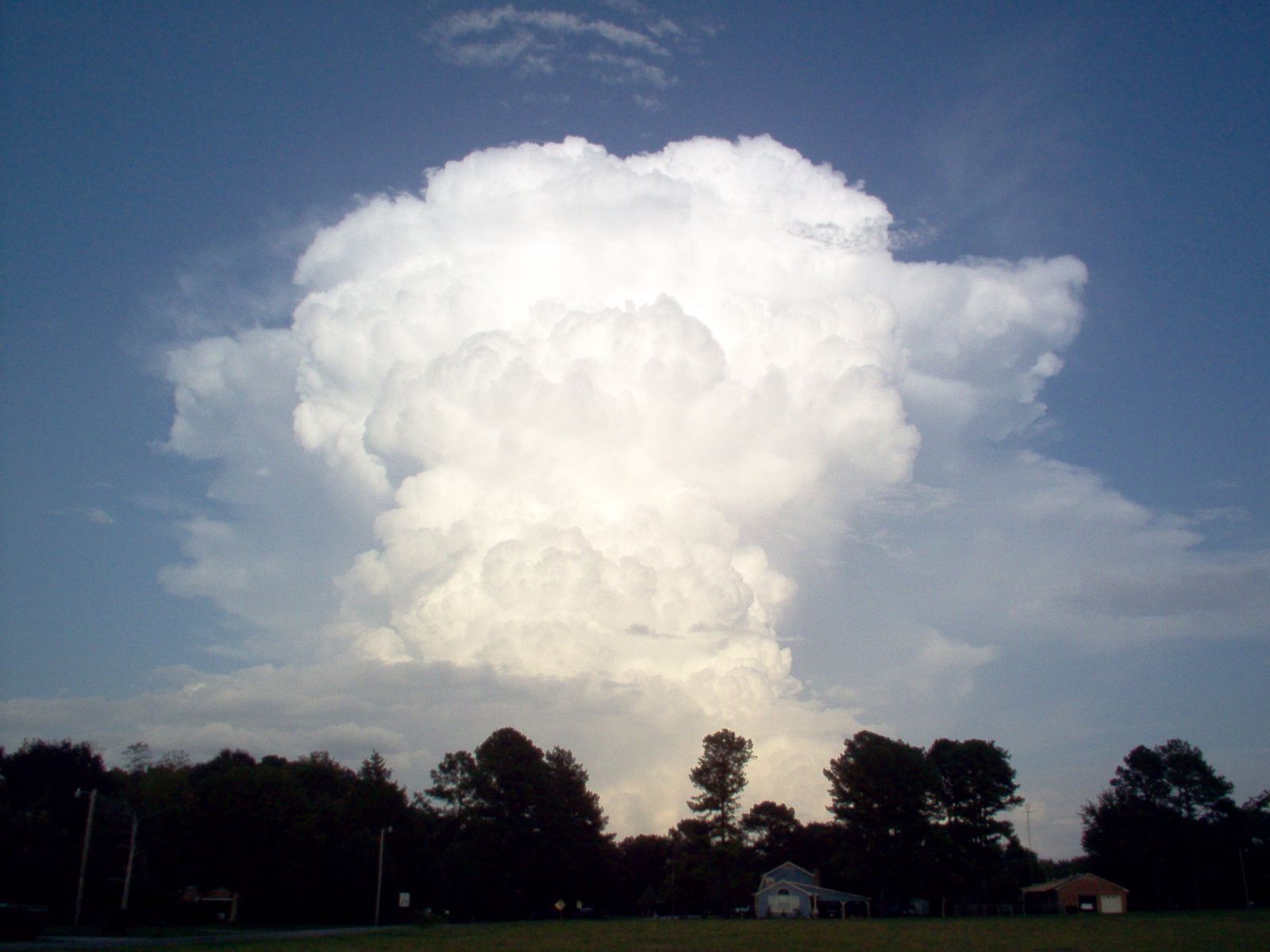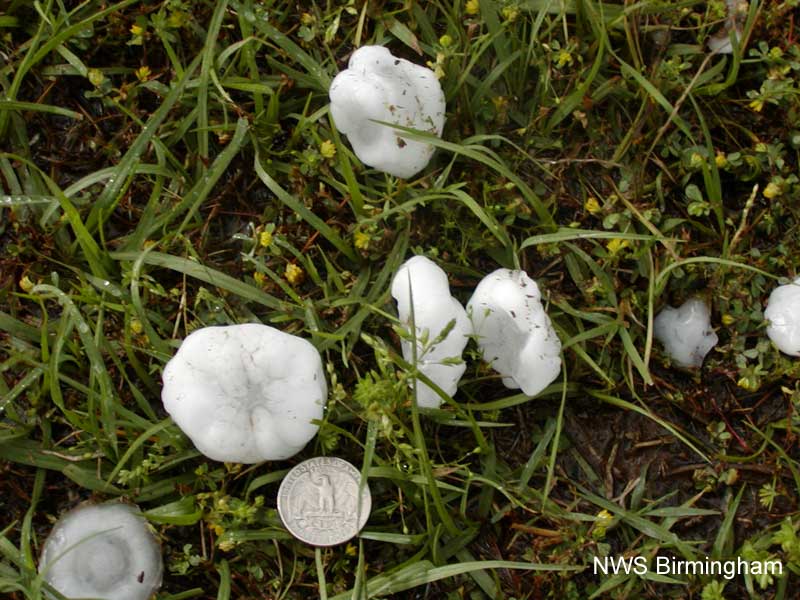| What Constitutes a Severe Thunderstorm? |
|
To people who follow weather on a regular basis, this might seem like a silly question, but to others who are not regular weather watchers, the question of what constitutes a Severe Thunderstorm is an important one. The concern we have at the National Weather Service is, if the folks do not know what one is, they are less likely to take heed of its dangers. The following is important information that everyone needs to know, including the definition of a Severe Thunderstorm.
|
 |
 |
In order for a thunderstorm to be considered severe, it must create at least one of the following:
- Hail that is one (1) inch in diameter or larger
- Winds of 58 miles per hour (mph) or greater
|
|
Now, some folks might say to themselves, "58 mph? That's nothing!" But here's the problem: 100 mph winds going in a straight line (such as would come out of a thunderstorm) or rotating in a circle (such as in a tornado) are still 100 mph winds. They are still capable of knocking down trees, which can fall on homes, power lines, cars and people! So, to us, they are just as dangerous as tornadoes! Plus, any thunderstorm inherently has lightning in it. It can't be a thunderstorm without it. So there are many characteristics of a thunderstorms that are dangerous. Let's take a look at a few of them.
|
 |
|

|
Hail
Hail is a dangerous product of thunderstorms. Small ice particles and supercooled water droplets that are lifted into a thunderstorm by its updraft can combine, fall into the downdraft of the storm, and then, if the updraft is strong enough, be recycled back up above the freezing level in the storm. It is the repeating of this process numerous times that allows for hail stones to grow. Once a hail stone is too big for the updraft to hold it up in the storm, it will fall to Earth. Hail stones can grow as large as grapefruit in supercell thunderstorms, but remember, it only takes a hail stone being one inch in diameter, or roughly the size of a U.S quarter, to be considered severe.
|
|
Wind
Damaging winds from thunderstorms can come in two forms; tornadoes or straight line winds. We'll focus on tornadoes on another page, but here, we want to look at these straight line winds. Central Alabama is infamous for its summertime, afternoon pop-up thunderstorms. When the temperature gets above 85-90 degrees and it's muggy out, it's time to start paying attention to the skies. These thunderstorms in the summer frequently cause a phenomena called a Microburst. It's these Microbursts that create the damaging and very dangerous straight line winds. Picture it as someone taking a bucket of water and dumping it straight onto the ground. It spreads out in all directions. This is what a Microburst does. Generally speaking, the winds come directly out of the bottom of the storm onto the ground and spreads out in all directions. Snapped and uprooted trees are very common with straight line wind damage.
|
 |
 |
Lightning
Lightning is one of the most dangerous aspects of a thunderstorm. Lightning can strike up to 10 miles from the main area of the thunderstorm. That is about the distance you can hear thunder from the storm. Whether or not you can see the actual lightning flash, if you can hear thunder, you are at risk of being struck. Because of this, the National Weather Service has adopted the following the motto, “When Thunder Roars, Go Indoors . . .and stay there at least 30 minutes after the last clap of thunder.” See these Lightning Safety tips for more info.
One important thing about lightning, it DOES NOT constitute a severe thunderstorm! As stated above EVERY thunderstorm has lightning.
|
|
Other Important Thunderstorm Information
Like our tornado warnings, severe thunderstorm warnings are Storm Based Warnings, which means we issue a polygon shaped warning for either an individual storm, or a line of storms. They are issued normally for 30-60 minutes at a time and look like this. Each warning will alert on NOAA Weather Radio and you can also follow the warnings, whether a Severe Thunderstorm or Tornado warning from our front page.
It is important that the public is aware of this information, but equally as important is the reporting of hail or any type of wind damage. If you witness any size hail falling to the ground or any type of damage caused by wind in Central Alabama, report it through Social Media using the hashtag (#)alwx or #bmxwx, let us know on our Facebook Wall, or give us a call at 205-664-3010, and select 2 to speak to a forecaster.
|

|
|